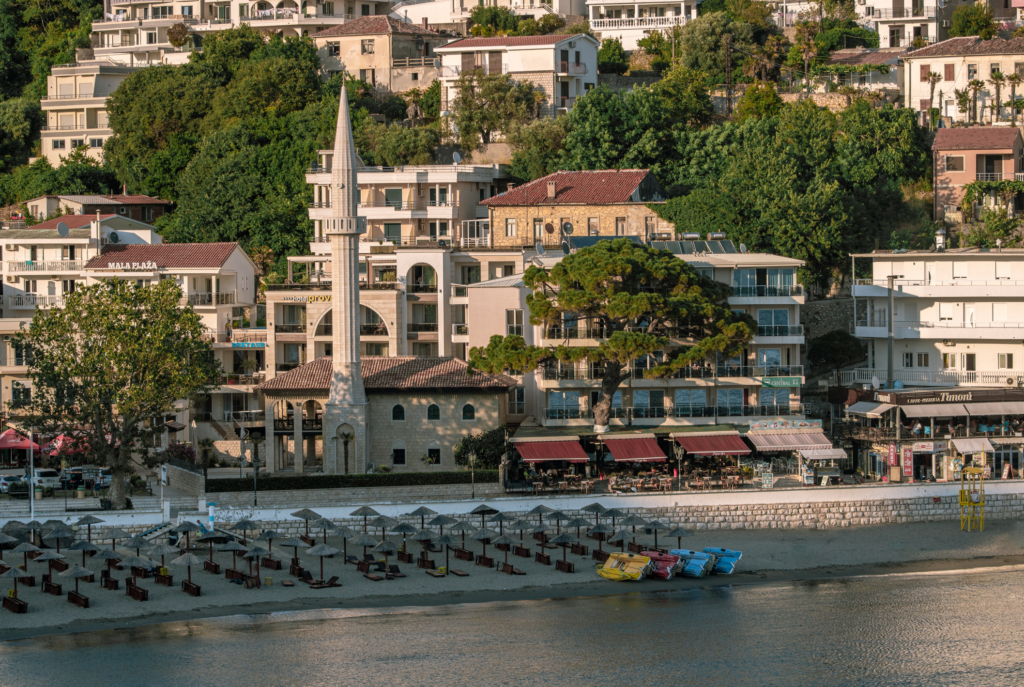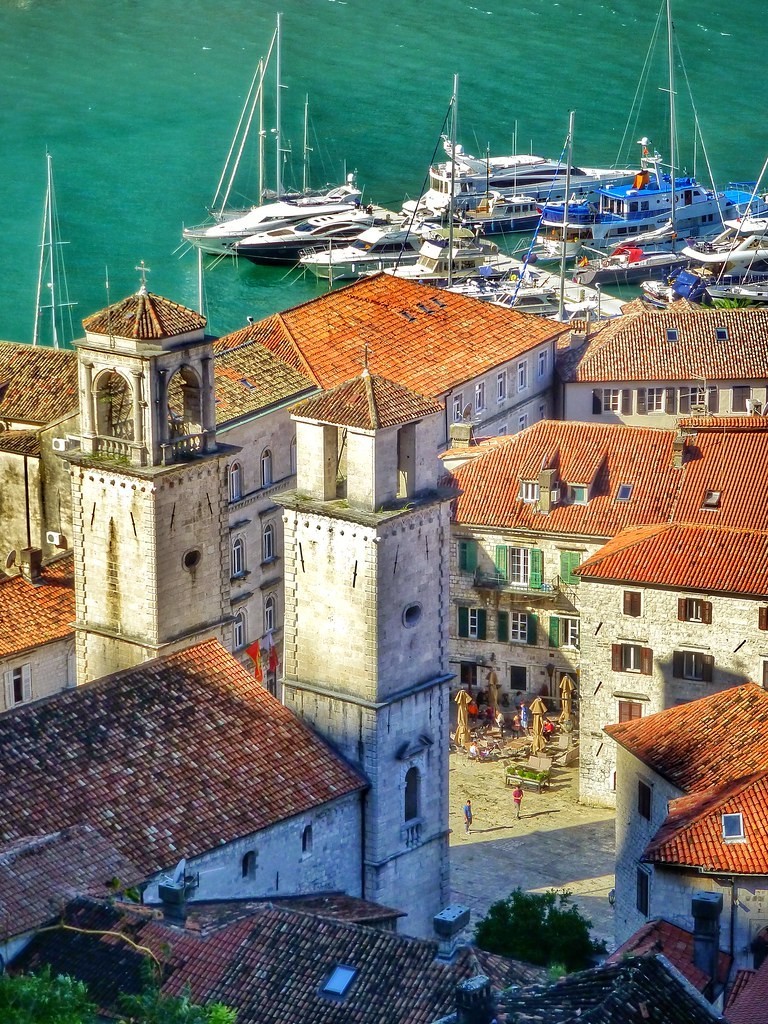Montenegro is a diverse country with a rich cultural heritage. But what is the main religion of Montenegro?

Composition of religions in Montenegro
While Montenegro is a secular state, the dominant religion is Orthodox Christianity, which is practiced by a majority of the population. In fact, the Serbian Orthodox Church is the largest religious organization in Montenegro, with a significant number of adherents also belonging to the Montenegrin Orthodox Church.
According to the most recent census conducted in 2011 by the Statistical Office of Montenegro, the religious composition of the country is as follows:
| Religion | Percentage of Population |
|---|---|
| Orthodox Christianity | 72.07% |
| Islam | 19.11% |
| Catholic Christianity | 3.44% |
| Other Religions | 0.21% |
| Atheism | 1.24% |
| Agnosticism | 2.61% |
| Undeclared | 1.32% |
Orthodox Christianity in Montenegro
Orthodox Christianity has a long history in Montenegro, dating back to the 9th century when the first Slavic tribes converted to Christianity. The Serbian Orthodox Church has played an important role in Montenegro’s history, with many of the country’s most notable cultural and historical landmarks being associated with the church. The Montenegrin Orthodox Church is a newer religious institution, having been established in 1993 after the dissolution of Yugoslavia.
Interested in exploring the spiritual and historical tapestry of Montenegro? Don’t miss this comprehensive guide on the Top Ten Monasteries and Churches to Visit in Montenegro. From the gravity-defying Ostrog Monastery to the serene Savina Monastery overlooking the Bay of Kotor, this blog post is a treasure trove for anyone intrigued by the intersections of spirituality, culture, and architecture.
Islam in Montenegro

Islam also has a long history in Montenegro. The Ottoman Empire ruled the country for several centuries, leaving an indelible mark on the culture and religious practices of Montenegro. Today, the Muslim community in Montenegro is diverse, with different ethnic groups practicing the faith. The majority of Muslims in Montenegro are Bosniaks, who live primarily in the northern part of the country. There are also smaller communities of Albanian Muslims, as well as Roma and other ethnic groups.
Famous Religious Sites in Montenegro
Montenegro is a country with a rich religious heritage, and there are several famous religious sites that are worth a visit. Ostrog Monastery, perched on the side of a sheer cliff, is one of the most iconic landmarks in Montenegro that attracts thousands of visitors each year. Orthodox Christians consider the monastery as an important pilgrimage site, and it is renowned for its stunning architecture and natural setting.
Another important religious site in Montenegro is the Cathedral of Saint Tryphon, located in the old town of Kotor. Dedicated to Saint Tryphon, the patron saint of Kotor, the cathedral is one of the finest examples of Romanesque architecture in the region. It holds a collection of valuable religious artifacts and artworks, making it a must-visit destination for anyone interested in the history of Christianity in Montenegro. In addition, you can also go to Cetinje monastery which claims to have the right hand of John the Baptist.
There are also many other churches, monasteries, and mosques throughout Montenegro that offer a glimpse into the country’s rich religious traditions. Visiting these sites can be a deeply rewarding experience, allowing you to connect with the cultural and historical roots of Montenegro and gain a deeper appreciation for the country’s unique identity, regardless of your religious beliefs. While the biggest religion of Montenegro is Christianity, the country remains tolerant of other faiths and they remain a vital part of its heritage.





